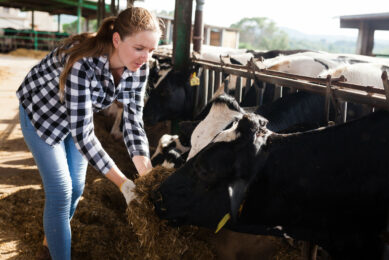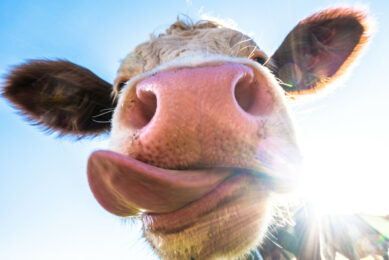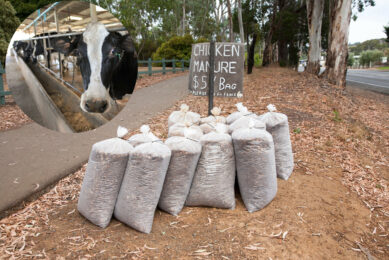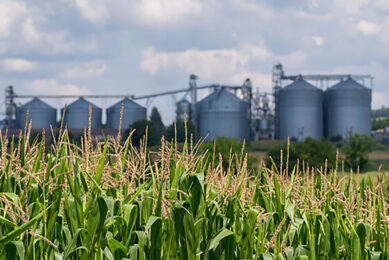The art of feed hygiene
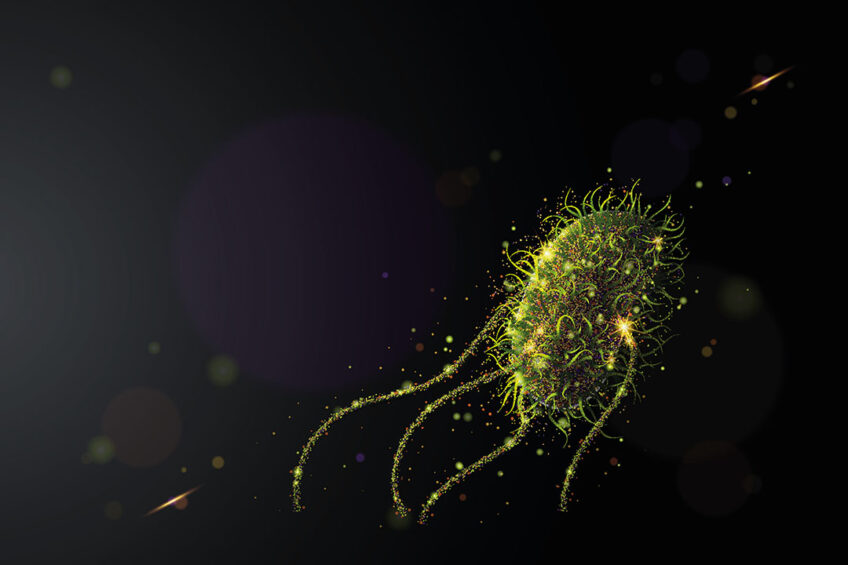
Healthy and safe feed is essential for healthy and safe food – so it is important to have an efficient feed hygiene system in place to minimise the risk of pathogenic bacterial contamination of feed. Since microbial hazards may be introduced at various points of feed production – technologies need to both be effective at reducing bacterial levels and provide protection from re-contamination.
For businesses a product recall is costly as well as damaging to their reputation. For feed producers it could also mean stopping production at a site, followed by decontamination, disposal of feed and materials. Where there is concern regarding contamination with pathogenic bacteria, measures should be taken to minimise possible hazards. Using effective methods to prevent contamination and recontamination of feed is important for both animal performance and the feed industry.

Alternative feed hygiene solutions
In the past formaldehyde offered a very effective solution against salmonella in feed. However being registered as a carcinogen, it was banned in Europe in 2018. The world is now looking forward to new solutions. Organic acids based feed hygiene solutions and heat treatment are currently considered the most efficient alternatives.
Perstorp has been researching the effectiveness of other molecules and combinations of molecules against pathogens in feed for decades. They have come to know that optimal results are achieved by combining moderate heat treatment with optimised additives that prevent recontamination after the heat treatment. A finding which is supported by research.
Bacterial contamination of feed
REGULATION (EC) No 183/2005 mentions all the requirements in the feed chain. What is commonly accepted is that both feed and raw materials must not contain Salmonella within a 25 gram sample. Each year in the EU 1.8-1.9% of samples tested are Salmonella positive.
Although Salmonella is in focus, millers need to think about enterobacterial contamination as a whole. If only one specific bacterium is focused on, others, that also have a negative effect on health and performance, may be missed.
Heat treatment and feed hygiene
Feed can be heat treated specifically to reduce enterobacterial load. Feed hygiene solutions based on organic acids, such as formic-, propionic- and lactic acid are commonly used in feed. Some of them are approved as feed hygiene enhancers in the EU.
Both heat treatment and feed hygiene solutions are effective at reducing enterobacterial load. However, when feed is heat treated some beneficial species of bacteria are also eliminated. This barrier flora destruction allows more room for pathogenic bacteria to re-contaminate the feed.
Combination treatments
When only using heat treatment, finished feed easily becomes recontaminated during cooling and/or drying. Condensation inside the machinery and air loaded with impurities will allow bacteria like E. coli to grow. Feed hygiene solutions will help feed producers to remain safe. When these products are added into the feed, trials have shown a significant reduction in enterobacteria.
Trial results
In order to test the efficiency of organic acids alongside heat treatment, a SYTTAC study was carried out at Tecaliman in France. The feed was contaminated on purpose with log5 enterobacteriae to standardise the initial contamination levels. Perstorp’s ProPhorce SA Exclusive was added (4kg/T) to feed that was either heated at three different temperatures or not heated at all. The enterobacteriae loads were measured (initial, before cooling process, after cooling process). The results were compared to a reference conditions control sample : no acidifier, heated to 80°C during 2 minutes.
Figure 1 – The effectiveness of ProPhorce SA Exclusive at reducing enterobacterial load in mash feed, with and without heat treatments.
(Enterobacterial load graph from the SYTTAC study – 2012)
Combined ProPhorce SA Exclusive and temperature efficiency (entero load CFU/g in log) in mash feed

(Figure 1) shows that if feed is not heated at all, enterobacterial load is kept under control (1/2log reduction). When heated at 55°C, log1 reduction is observed which is sufficient in most cases to guarantee process cleanliness. Then, the reasonable 65°C temperature will be high enough to inactivate enterobacteriae while not destroying some of the fragile nutrients inside the feed (80°C – 2 mn are severe conditions for some nutrients). In all cases, addition of ProPhorce SA Exclusive, prevents enterobacteriae counts from rising after cooling. In contrast, there is clear evidence of unknown enterobacteriae recontamination in the negative control sample showing that heat treatment alone generates a risky situation.
Solutions for a post-formaldehyde era
In the post-formaldehyde era, feed millers and poultry producers need to re-think their feed hygiene strategy. Organic acids that are being used to treat feed, are now officially approved in terms of their ability to reduce enterobacterial load in feed and prevent recontamination.
Over the last few years, biosecurity in agriculture has gained importance thanks to the increased focus on animal performance and food safety. Since microbial hazards may be introduced at various points of feed production – technologies need to both be effective at reducing bacterial levels and provide protection from recontamination. ProPhorce Feed Hygiene products reduce enterobacteriae contamination including Salmonella, as well as help preventing recontamination. It is important to find long-term feed hygiene solutions that can be integrated with bacterial control upstream in the food chain. In this way businesses are protected, and consumers have confidence in the products they buy.
Author: Christophe Michaut, Business Development Manager Animal Nutrition, Perstorp



